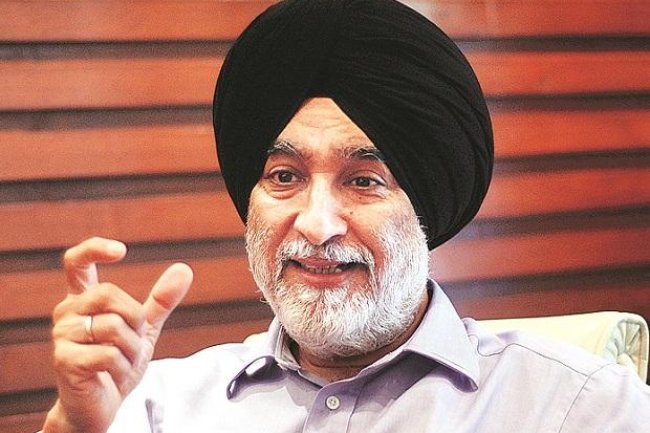Public Sector Banks Likely to Slow Infrastructure Lending Amid Finance Minister’s Caution
Public Sector Banks in India are expected to reduce lending to infrastructure projects following guidance from Finance Minister Nirmala Sitharaman. Her remarks about asset-liability mismatches and a focus on medium-term lending have prompted concerns among bankers, despite infrastructure lending rising by Rs 46,359 crore in 2023.

Public Sector Banks Likely to Slow Infrastructure Lending Amid Finance Minister’s Caution
Public Sector Banks (PSBs) in India are expected to reduce their lending to infrastructure projects following guidance from Finance Minister Nirmala Sitharaman, who recently emphasized that banks should focus more on deposit mobilization and medium-term lending. Her remarks, made during the FE Best Banks awards, highlighted the risks associated with long-term infrastructure financing, particularly the potential for asset-liability mismatches.
While the finance minister’s advice appears to target banks exposed to large infrastructure projects, officials believe it will have a broader impact on PSBs. A senior official at a state-run bank noted that while infrastructure loans may not cease entirely, new lending for such projects is likely to decrease.
The official also pointed out that with interest rate cuts expected, even a small reduction in rates—around 25-40 basis points—could significantly influence infrastructure financing. However, the finance minister’s caution may temper enthusiasm for these high-risk, long-term projects.
Sitharaman suggested that institutions specifically designed for infrastructure financing, such as the National Bank for Financing Infrastructure and Development (NaBFID), are better suited to handle these projects. She cited the asset-liability mismatches experienced by banks over a decade ago as a reason for her caution. Experts also agree that PSBs, whose liquidity profiles are more aligned with short- to medium-term lending, may not be ideal for funding long-term infrastructure projects.
According to data from the Reserve Bank of India (RBI), lending to infrastructure by banks has risen significantly, with loans increasing by Rs 46,359 crore to Rs 13.06 lakh crore as of August 2023 from Rs 12.59 lakh crore a year earlier. However, concerns have been raised over a proposal from the RBI that would require banks to set aside 5% of their total exposure to a project while it is under construction. This proposal has sparked apprehension among bankers about the impact on profitability, especially given the already falling probability of default (PD), which stands at just 2%.
Industry experts have acknowledged the finance minister’s guidance, noting that banks are struggling to raise deposits while continuing to rely on short-term borrowing to fund long-term projects, a risky strategy. Vivek Iyer, partner at Grant Thornton Bharat, highlighted that commercial banks are more suited to short- to medium-term credit exposure, and infrastructure lending may not fit into their asset-liability profiles due to the mismatch between short-term liabilities and long-term assets.
Click Here to Visit
What's Your Reaction?
















